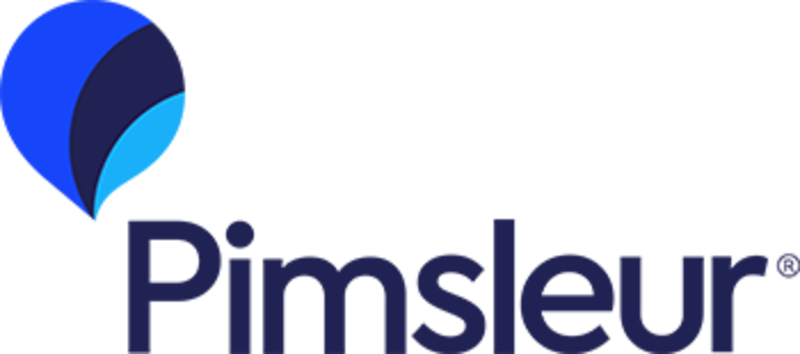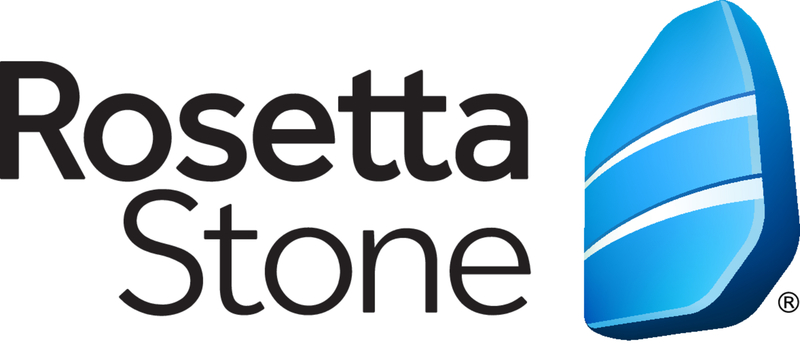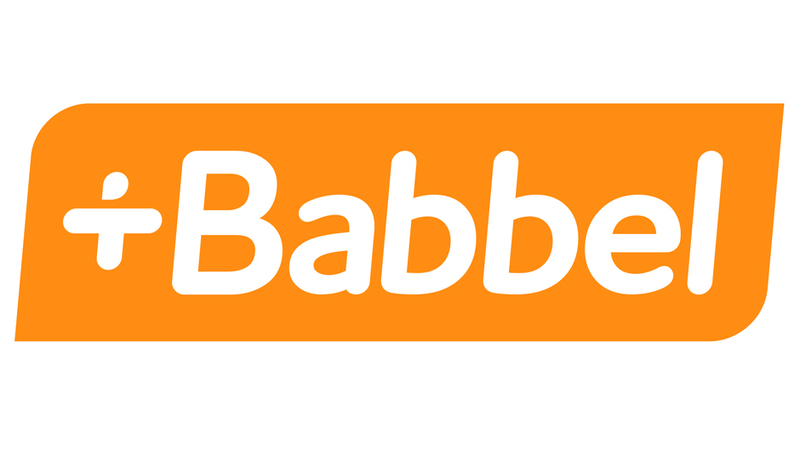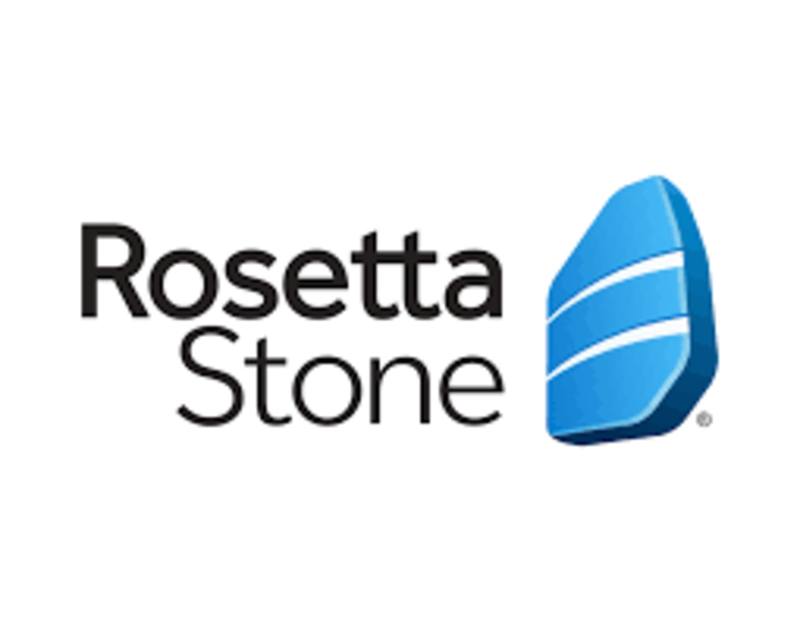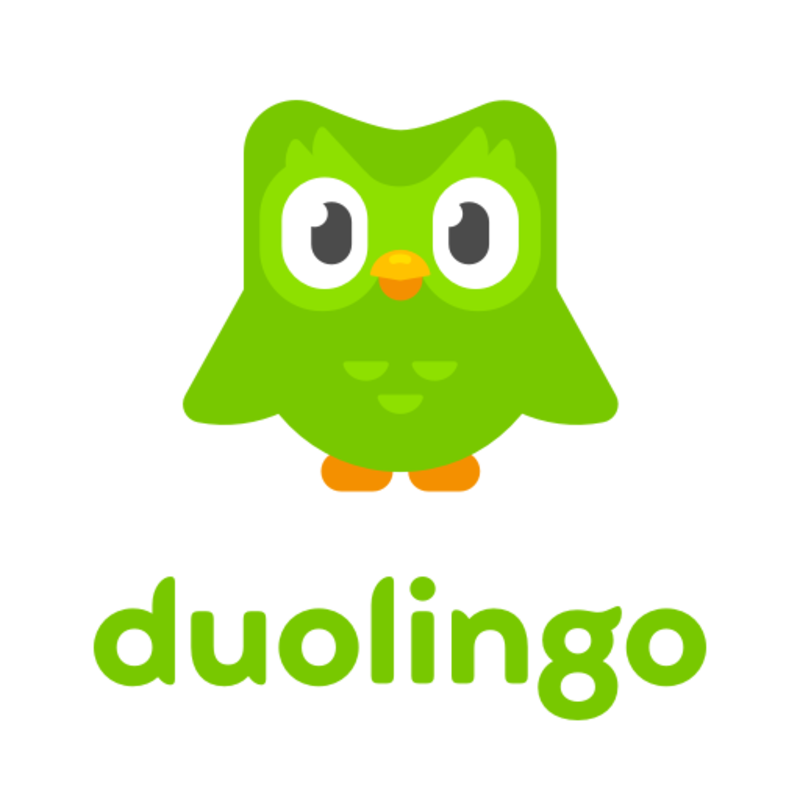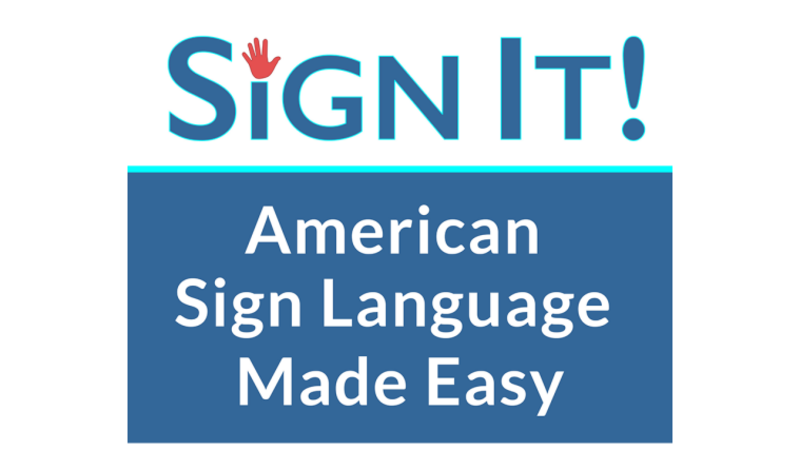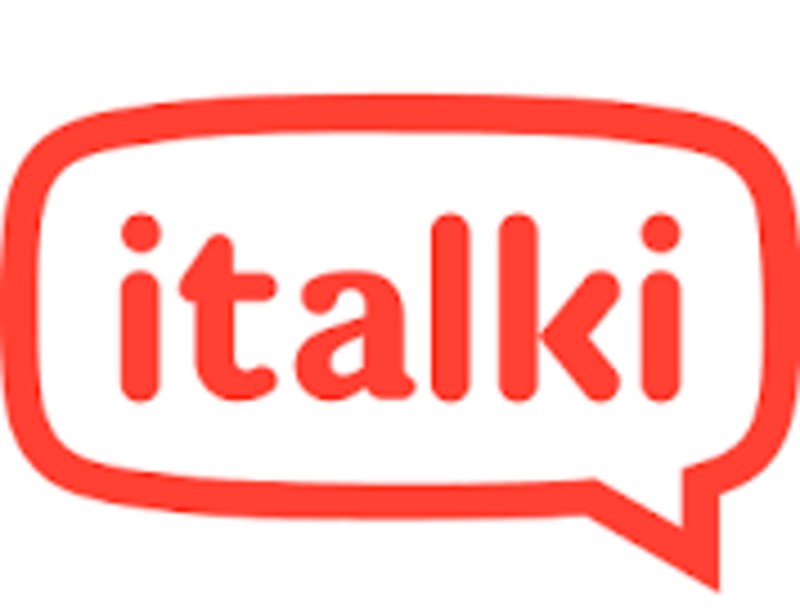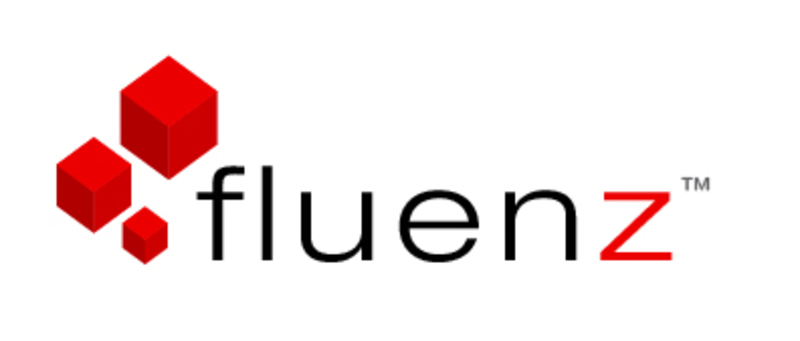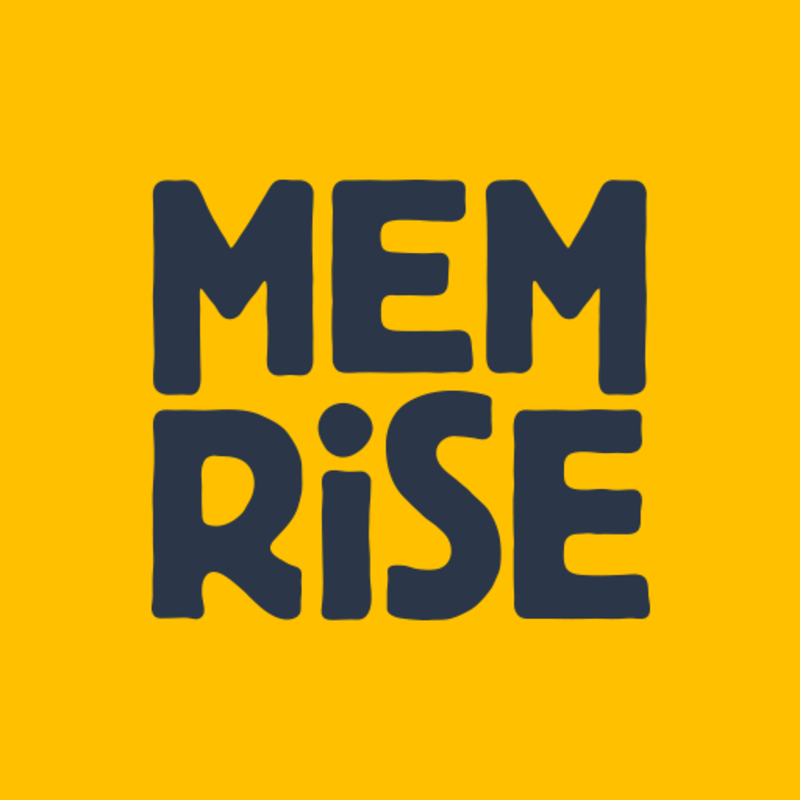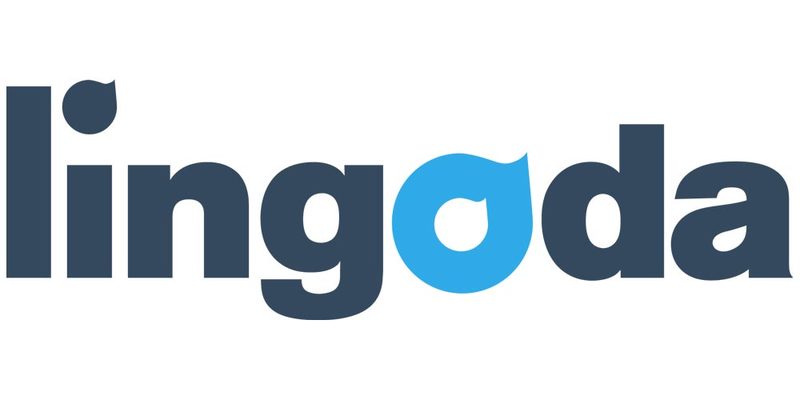9 Best Language Learning Software Programs for 2023
Even if you aren't planning any international travel in 2023, learning a new language is a great way to keep your mind sharp, stay curious about the world around you and impress colleagues and friends.
There are tons of learning tools and mobile apps out there for Android and iOS. With all the options for language learning apps, you can progress at your own pace in Spanish, German, Portuguese, Korean and more — wherever your travel heart wants to take you. But everyone's different. You might be willing to plunk down cash for monthly subscriptions, but others may only want the best in free language learning apps.
Either way, check out the best language learning apps of 2022 to see who's got what you need.
Our Top Picks For Best Language Learning Software For 2023
- Best Overall Language Learning Software: Rosetta Stone
- Best Free Language Learning App: Duolingo
- Best Language Learning Software While Traveling: Pimsleur
- Best Software for Real-World Learning: Babbel
- Best for American Sign Language: Sign It! ASL
- Best Real-Life Language Tutoring: iTalki
- Best Academic-Style Language Software: Fluenz
- Best Study Aid App: Memrise
- Best for Group Lessons: Lingoda
Best Language Learning Software For 2023
Rosetta Stone is possibly the best-known language learning software solution on the market. It's been around forever — or at least since the 1990s, when it was released on CD-ROM — which means it's older than most of your memories, and its methodology is backed by decades of experience in linguistics.
Rosetta Stone uses a dynamic immersion method to teach the 25 different languages it offers, including:
- Spanish
- Arabic
- Italian
- Hindi
- French
- Korean
- Hebrew
Rosetta is designed for learners of all levels and uses a patented speech recognition technology to help you progress in speaking. The software even offers you the chance to ask native speakers questions in your target language — with answers coming right away via the app or from your laptop or desktop computer so that you can learn anywhere at any time.
The paid version of Rosetta Stone is available through various sellers, including Amazon. The program offers interactive lessons, speaking exercises and games to help you learn as quickly as possible. If you struggle with commitment, Rosetta Stone also provides free trials to allow you to test its features before buying it. Its monthly subscription is around $11.99 per month for three months, $7.99 per month for 12 months or $179 for lifetime access.
Duolingo is that famous free language learning platform that almost everyone has heard of — and for good reason. The app uses experience points, badges and leaderboards to keep you engaged. It's similar to what you'd see in a freemium gaming app, but it actually teaches you something.
Duolingo offers a wide variety of languages, including:
- French
- Italian
- Spanish
- Hebrew
- Mandarin Chinese
- Arabic
- Swahili
- Scottish Gaelic
In total, Duolingo offers 43 distinct languages — including High Valyrian. That's right: it can help teach you to speak the fictional language created for George R. R. Martin's "Game of Thrones" and "House of the Dragon" universe.
Duolingo has nearly 50 million active monthly users worldwide. It's available in the Android or iOS app store and on the web — making it easy to use on your phone, tablet or computer.
While it is considered a free language learning app, there are also paid options that can be billed monthly or annually. The monthly subscription is only $6.99, though the paid plan doesn't offer much in the way of upgraded lessons. Sure, you get rid of ads, but the upgrades are pretty much limited to the gamification aspect of the app, not the learning.
Pimsleur is an audio-based language learning program named for applied linguistics scholar Paul Pimsleur. It's one of the best language learning programs for beginners and intermediate learners who want to learn conversational skills while traveling. What Pimsleur offers that others don't is an offline and driving mode that allows you to continue learning even when you don't have internet access or can't look at your phone.
The Pimsleur methodology involves 30-minute audio lessons that you (hopefully) take daily. The course is based on the principle of listening to native speakers and repeating. You'll listen to native speakers and repeat what they say. Through doing that, you'll learn to apply rules, understand the pronunciation and grammar of each word and then practice new language skills in real-life situations.
One area in which Pimsleur is lacking is reading and writing. There are additional features aside from the audio-based lessons, but they're mainly there to reinforce what you learn through conversation. The program does include a customizable flashcard feature for memorizing vocabulary that you learn along the way — which is nice. Unfortunately, though, the quality of the lessons also declines as you choose lesser-known languages out of their 50-language database.
Overall, Pimsleur is a solid choice for the traveling type looking for useful conversation skills right off the bat. Pimsleur offers a seven-day free trial and a 30-day money-back guarantee on their monthly courses, which range between $14.99 and $20.99. If you're a person who likes to learn on the move, then Pimsleur is worth a shot.
Babbel is a language learning app that is great for real-world learning. But beyond that, Babbel has one of the most interesting features of all the language software on this list. For each language that Babbel offers, it adjusts its instruction based on your native language. What Babbel does here is find the best way for you to learn your target language based on how you already communicate. Bet your high school foreign language teacher wasn't changing up the lesson plans based on whose family was from where.
Babbel covers reading, writing, speaking and listening instruction. The lessons begin with learning vocabulary and phrases, then doing follow-up exercises to practice using what you've learned. It can sometimes get a bit repetitive, but the methodology is effective.
Babbel also offers stories in your target language, online tutors through Babbel Live and podcasts for some languages. It's an overall very comprehensive language course — definitely giving Rosetta Stone a run for its money. However, it only currently offers 14 languages, making its offerings a bit narrow.
A lifetime subscription at Babbel will run you $249. But if you just want to dip your toes in, you can begin with a free trial, and then subscriptions start at $13.95 per month, with discounts being offered if you commit to three- or 12-month blocks.
Sign It! ASL is a comprehensive, engaging and affordable way to learn ASL. Through the Sign It! ASL program, you'll learn sentence structure and finger spelling, learn about non-manual markers, be introduced to deaf culture and learn more than 1,200 signs.
The courses are written by Deaf Studies professor Curt Radford from Utah State University and are spread out over 20 lessons — with 30 more currently being funded. Sign It! ASL utilizes ASL experts to help deaf, hard of hearing and hearing students reach a basic conversational level in ASL. The lessons are taught through a series of ASL stories and comedic sketches, repetitive conversation practice, quizzes and interviews with famous ASL adults as well as the cast and creators of the language learning program.
The Sign It! ASL language program is primarily for use on the web and doesn't have a dedicated app version. However, through a few steps, you can access and work the site through your mobile web browser. Though this isn't as great as having a dedicated mobile app, it is still accessible if you're on the go and in need.
Perhaps one of the greatest parts of the Sign It! ASL program is its dedication to having a positive impact on the deaf community. Families with a deaf child under 36 months can sign up to access the program for free to ensure that deaf and hard-of-hearing children have the opportunity to learn their first language through their families. Beyond that, pricing remains modest, costing only $159.99 for lifetime access to all 20 lessons or $49.99 for five-lesson blocks.
iTalki is the world's largest online language learning marketplace for one-on-one tutoring. It connects students with real-life teachers from around the world who can tutor them in a wide variety of languages — depending on what tutors are currently offering, it can be over 150 languages. The platform is equally excellent for teachers and students. Since teachers can set their own prices and tutoring schedule, it's convenient for them, and the variations in teacher offerings mean that scheduling and pricing are flexible.
The iTalki language learning platform was originally launched as a language exchange platform and expanded into the teacher marketplace. Given that teachers set their prices, the costs can vary considerably — and more money does not always mean a better education.
Tutors fit either into the professional teacher or community tutor category. Professional teachers are certified professionals at teaching their language and are helpful in studying advanced topics and preparing for difficult tests. Community tutors are native or advanced speakers who likely have teaching experience but are best for practicing conversation. Each tutor and teacher will have a different approach, so taking a few discounted trial lessons before committing to anyone is a great way to figure out what you need and whose program fits your learning style best.
You can access tutors on the iTalki website or on their app for Apple iOS and Android.
Look, some of you are just more academic, and there's nothing wrong with that. In today's economy, there's something for everyone, and not every language learning program is trying to convince you you're not in a classroom — that's Fluenz. It offers programs in the following languages:
- Spanish (Latin America)
- Spanish (Spain)
- French
- German
- Italian
- Mandarin Chinese
- Portuguese
Fluenz's language learning program uses interactive video lessons and activities to help you learn your target language. Teachers offer in-depth grammar explanations, give you new vocabulary and follow up with learning activities designed to help you remember what you've learned. In addition to their online videos, Fluenz has flashcards that allow you to practice what you've learned.
Fluenz is an impressively thorough program that helps you to understand why things in your target language work the way they do instead of just memorizing and figuring it out along the way. That does come at a price, though, and Fluenz does not offer free trials — though there is a 30-day money-back guarantee. Costs start at $187 for one course level and up to $398 for the complete course.
Fluenz is available for Apple products, Windows, Android and iOS. Overall, it's a great language learning software for those who prefer an academic approach over casual or self-taught methods. But it does require a considerable financial investment if you want results.
You've got to have study material to help you when you're not actively in class and just need to run through what you already know. Memrise is an app that helps you "memrise" vocabulary and phrases by using flashcards, mnemonics, games and leaderboards to keep you active and engaged.
Memrise's learning system uses spaced repetition learning (SRL) technology. Its creators are a neuroscientist from Princeton and a Grand Master of Memory from Oxford — so their memorization game is probably pretty strong.
The course material is presented again and again at regular intervals until it sticks in your brain. Eventually, you'll be able to recall what you already know as if it were constantly on the tip of your tongue.
The Memrise app has been around since 2010 and is one of the most popular language apps out there, with over 50 million registered users. The app is available for both Android and iOS devices and offers a lot of great free material. For no money, you can learn useful phrases and words, listen to native speakers' pronunciation and learn beginning grammar.
If you're sold after the free material and are ready to commit to a subscription, a monthly subscription will give you access to more material and all of its 23 available languages, including:
- Spanish
- French
- Italian
- Russian
- Swedish
- Japanese
- Korean
- Turkish
- Swahili
- Somali
A monthly subscription only sets you back $8.49, with it dropping to $5 per month for an annual subscription — a 50% off deal at the time of writing this article lowering it to $2.50 per month — and $119.99 if you want access for life.
So far, everything on this list has been for individual learners, but hopefully, everyone has friends to learn with if they'd like to. Yes, Lingoda offers one-on-one classes, but it is unique because it provides 24/7 classes for groups of up to five language learners through Zoom.
Lingoda has real-life teachers you can interact with and ask questions, giving your learning time unique value that language learning programs don't usually offer. The teachers are also certified language teachers and must have at least two years of experience teaching their native language — something other real-life language platforms don't require.
The prices for group classes range between $10 and $20 per hour, going up to $42.50 per hour for private lessons. However, you can get discounts by buying bundles of 12, 20 and 40 classes per month. All in all, Lingoda is a good option if you want to be a part of a classroom while learning a second language but need flexibility with time.
Honorable Mentions
- Busuu: Great for useful topics and engaging content for beginners to intermediate levels
- Mango: Great for cultural insights and grammar notes on a wide variety of languages
- Rocket Languages: Great for natural communication and its extra resources
- Lingvist: Fantastic "smart" flashcards for drilling vocabulary
Best Language Learning Software Guide
Whether you're looking to learn some useful phrases for a vacation, prepping to move abroad, learning to communicate with a loved one or just trying something new, getting the best language software for you is the move if you want to stay motivated.
Learning a new language can sometimes be frustrating, so motivation is key. Some language learning software gets straight to the point with grammar and useful phrases, while others use bells and whistles to drill vocabulary into your brain.
Whatever you choose, make sure that it keeps you coming back for more, and through the ups and downs of the language learning experience, you'll come out with a cool and valuable new skill.
What is language learning software?
Language learning software is essentially a computer program that helps you learn a language. It can be used on a personal computer or any number of mobile devices. It's generally easy to use and teaches you vocabulary, grammar and pronunciation.
The best part of language learning software is that you can use it at your own pace — you don't need to worry about missing out on a class or not understanding what is taught because the content will be tailored specifically to you.
How does language learning software work?
The same way learning a language worked when you were a child. You interact with the software, associating things you know with the words that identify them. Then, you begin to recognize patterns in grammar and expression and grow from there.
However, language learning software also tracks your progress, adjusts to fit your needs and works to be fun and interactive so that you stay engaged.
Most programs include multiple features that help you in your quest for fluency, like:
- Grammar lessons
- Vocabulary lists
- Pronunciation guides (often with audio)
- Quizzes
- Reading
- Writing
This combination of tools makes it easy to learn grammar, pronunciation, vocabulary and everything else at the same time.
Types of language learning software
There are two main types of language learning software: apps and programs.
Apps are mobile-based, meaning you can use them on your phone or tablet, and they're not necessarily best on your home computer or in a classroom setting. Typically, they seek to embrace gamification to keep you engaged while you learn and to replace game programs you might turn to when you have free time. They're good for studying and drilling exercises when you might otherwise scroll through something less productive on your phone or tablet.
Programs are suited for a more serious learning environment because they are built for the focused learner who has specifically set aside scheduled time to learn regularly. They often come with features like messaging centers or video chat capabilities. A program will usually cost more money upfront than an app — but if you plan on taking your studies seriously and are committed to the long term (as opposed to just trying out something new), then it's worth the cost.
How to choose a language learning software
Choosing the right language learning software program is essential to your success. You want something that fits your needs, suits your budget and will work for your learning style. Most importantly, you'll want to choose something you'll use. The best software can only help you if you are motivated to use it.
- First, look at the most popular programs. They are likely to have more resources than others and can be helpful as you learn a new language.
- Second, check out reviews of different software options before making any purchases. This will help you decide which one might work best for you.
- Once you've narrowed down the field based on popularity and customer feedback, consider what kind of learner you are: Are you a visual learner? Do auditory lessons speak more to your style? Are written lessons better suited to your interests?
- Finally, before you decide, sample your shortlist's free trials and see which software inspires you the most to keep learning.
Language Learning Software FAQ
How long does it take to learn a language?
Learning a language can be a long and winding road, depending on the language, the person, the resources you have available and your motivation to learn. It also depends on your learning style and the time spent practicing each day.
Ballpark? Anywhere from three months to two years. Some languages are harder than others, but none are impossible — if you keep practicing, you will learn.
If you're looking for an easy way to save yourself some time (and money), consider using one of these nine best language learning software programs to help reach your language goals.
What is the best language learning app?
Why is learning a second language beneficial?
You should learn a second language for the same reasons you should take up a new sport or hobby: it's fun, it helps improve your brain health, and it can actually help you better understand your own language.
Learning a second language also improves cognitive skills and problem-solving skills. Besides, learning a second language makes you more culturally aware, expands your possibilities while traveling and is just plain cool. Ever heard someone randomly start spouting off in another language to help a stranger or order at a restaurant? They're cool.
What is the best language learning program?
There are plenty of methods and learning materials: books, classes and apps. It can be hard to choose where to start when so many possibilities are available — especially if your goal is to pick up basic conversational skills in as little time as possible.
The best program for learning a language is as comprehensive as possible. If you're just beginning, then you'll need a combination of grammar skills, vocabulary and practical phrases to get started. Beyond that, the best language learning program is one that matches your learning methods.
What is the best language learning software?
How We Evaluated the Best Language Learning Software
Being an aggregate site, Digg gathers news and information from all over the internet. To evaluate the best language learning software of 2022, we dove deep into the language learning seas of the World Wide Web. We found the most comprehensive information, opinions and reviews so that we could assess each app's functionality, accessibility and affordability. The culmination of this process resulted in the above list, which some may agree with and others may not — it is the internet, after all. It's full of opinions.
We hope that the information and opinions expressed in this article will inform and inspire you to seek further information about how to learn your target language.
Summary of the Best Language Learning Software of 2023
- Best Overall Language Learning Software: Rosetta Stone
- Best Free Language Learning App: Duolingo
- Best Language Learning Software While Traveling: Pimsleur
- Best Software for Real-World Learning: Babbel
- Best for American Sign Language: Sign It! ASL
- Best Real-Life Language Tutoring: iTalki
- Best Academic-Style Language Software: Fluenz
- Best Study Aid App: Memrise
- Best for Group Lessons: Lingoda
